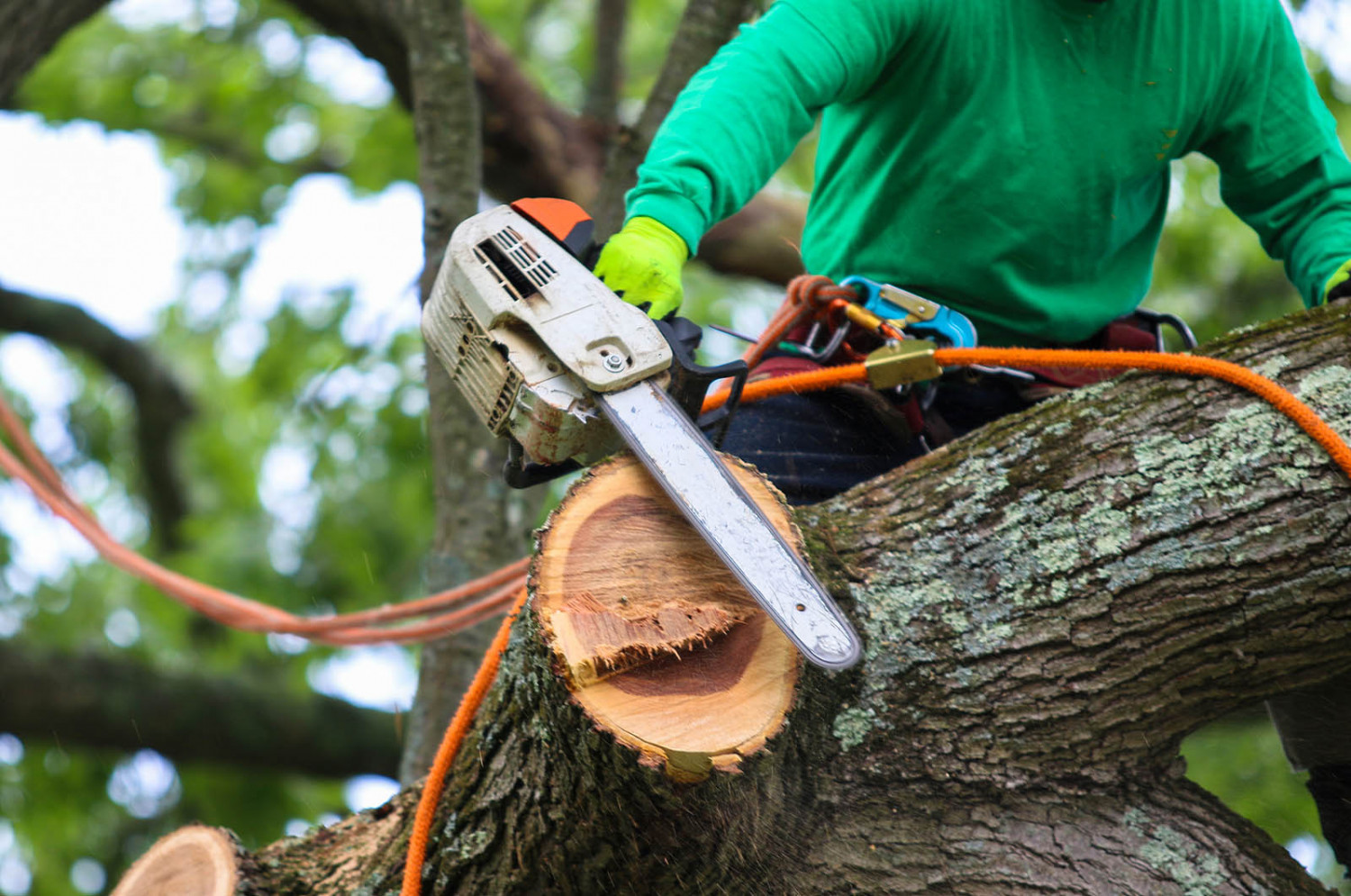Beginning with Seedlings to Mature Trees: A Function of Arborists in Urban Forestry

In the vibrant tapestry of urban living, trees play a crucial role in shaping our environment. They provide cover, enhance property value, and promote to overall well-being. However, maintaining the well-being and vitality of urban trees requires specific knowledge and skills that only certified arborists possess. These committed professionals are the protectors of our green giants, proficiently managing the intricacies of tree care to ensure that these majestic structures thrive amidst the challenges of city life.
As metropolises continue to develop, the value of arborists in urban forestry cannot be overstated. From identifying tree diseases to avoiding hazards and maintaining tree health, arborists are imperative in protecting the beauty and functionality of our urban landscapes. Understanding the numerous ways in which they contribute can enable property owners and communities alike to make wise decisions about tree maintenance and stewardship. In this article, we delve into the multifaceted role of arborists, examining the science behind their work and the various ways they enhance our communities.
The Value of Hiring a Certified Arborist
When it comes to maintaining trees in metropolitan environments, engaging a certified arborist is vital. These professionals bring a abundance of experience to the table, ensuring that trees are thriving and well-cared-for. A certified arborist has undergone rigorous training and assessment, arming them with the capabilities necessary to diagnose tree species, evaluate their health, and provide the appropriate care. This level of certification provides reassurance to property owners that they are handing over their trees to someone who knows the nuances of tree biology and urban forestry practices.
One of the primary reasons to hire a certified arborist is their capacity to mitigate potential hazards. Trees can represent significant risks if they are not correctly cared for, especially in urban areas where they are in immediate proximity to humans and structures. A certified arborist can conduct thorough inspections to detect weak branches, disease, or any other conditions that may lead to tree failure. By addressing these issues proactively, they help lessen the risks associated with falling branches or entire trees, ensuring safer environments for urban dwellers.
Additionally, certified arborists are knowledgeable in the most effective methods for tree care, including pruning, pest management, and disease treatment. Their knowledge allows them to make wise decisions about the health and maintenance of trees, which can enhance the aesthetic and value of a property. With https://www.okennedytreecare.ie/ of local tree species and ecosystems, certified arborists contribute not just to specific properties, but also to the collective health of urban forestry. This holistic approach highlights the value of employing a certified arborist for anyone looking to maintain their landscapes responsibly and effectively.
Crucial Points on Tree Wellness and Maintenance
Grasping the fundamentals of tree health is crucial for maintaining healthy city landscapes. Licensed tree specialists carry the knowledge and know-how to evaluate the particular requirements of different tree species. They consider conditions like soil quality, water supply, and the surrounding environment to identify potential problems and recommend appropriate maintenance. By applying techniques such as correct trimming and pest remediation, professionals can greatly boost the trees’ ability to disease and stress factors.
Routine tree check-ups provide invaluable insights into the condition of city trees. Arborists utilize their expertise to spot early signs of pathology, structural defects, or stress factors that may compromise tree vitality. Through a detailed assessment, they can detect symptoms that may not be evident to the casual eye, permitting for prompt response that can preserve a tree from decline. This proactive approach helps ensure that trees flourish, leading to enhanced air freshness and overall ecosystem health in metropolitan settings.
Moreover, the role of arborists extends beyond just condition evaluations; they are essential in teaching property owners on sustainable tree maintenance practices. By providing information on timely guidelines, the importance of soil enrichment, and proper watering practices, tree care professionals empower individuals to foster thriving trees in their own backyards. This cooperative effort between specialists and the public leads to a more extensive awareness of tree health, ensuring that city forests remain robust and sustainable for coming generations.
Crucial Equipment and Methods Used by Arborists
Tree care professionals utilize a selection of distinctive tools to maintain and care for trees efficiently. Necessary equipment features chainsaws for cutting big branches and trees, hand saws for shaping, and manual pruners for fine work on little limbs. Climbing gear, such as harnesses and lines, provides security while reaching tree canopies. Additionally, irrigation equipment and soil analysis tools assist arborists analyze tree health and implement appropriate care strategies.
Methods employed by tree care professionals demonstrate their extensive knowledge and expertise. Appropriate pruning practices, such as thinning and crown reduction, encourage healthy growth and reduce the risk of collapse. Tree care experts are also skilled in cabling and reinforcement methods to stabilize vulnerable branches or stems, ensuring the strength of the tree. Tree risk assessments are another essential technique, enabling arborists to recognize possible hazards and advise preventive measures.

Grasping tree biology is crucial for arborists, as it shapes their methodology to tree care. For instance, identifying the signs of illness or infestations enables them to apply specific interventions efficiently. Arborists typically employ integrated pest management, which reduce the use of chemicals and prioritize the health overall of the environment. With their toolkit of techniques and expertise, arborists perform a key role in preserving city woodlands and promoting healthy ecosystems.
